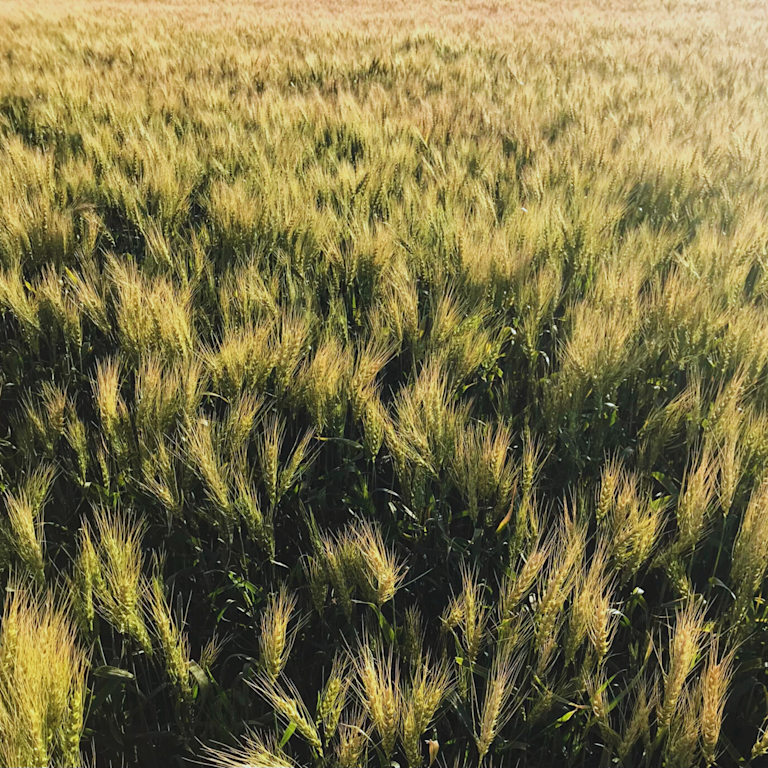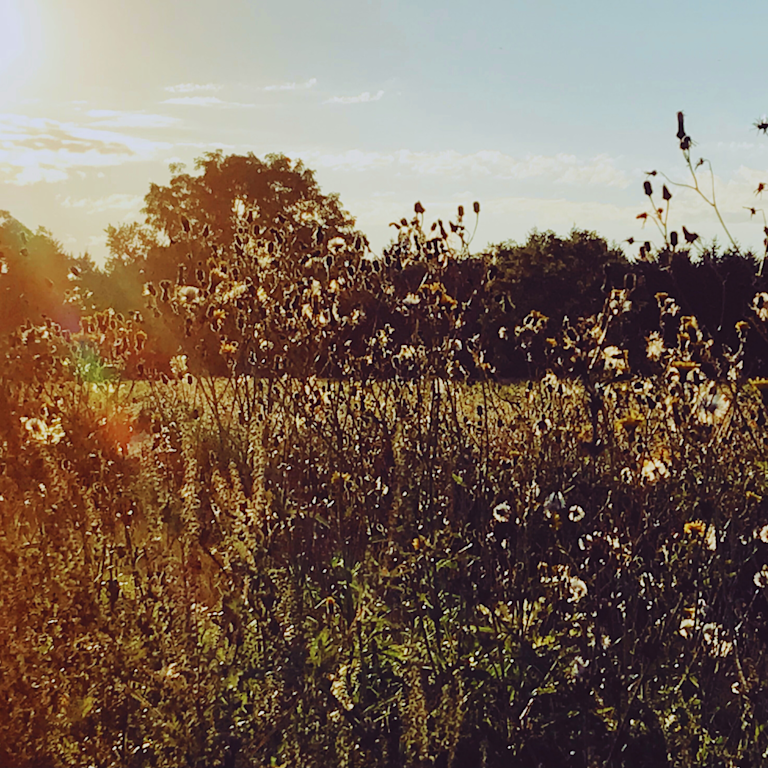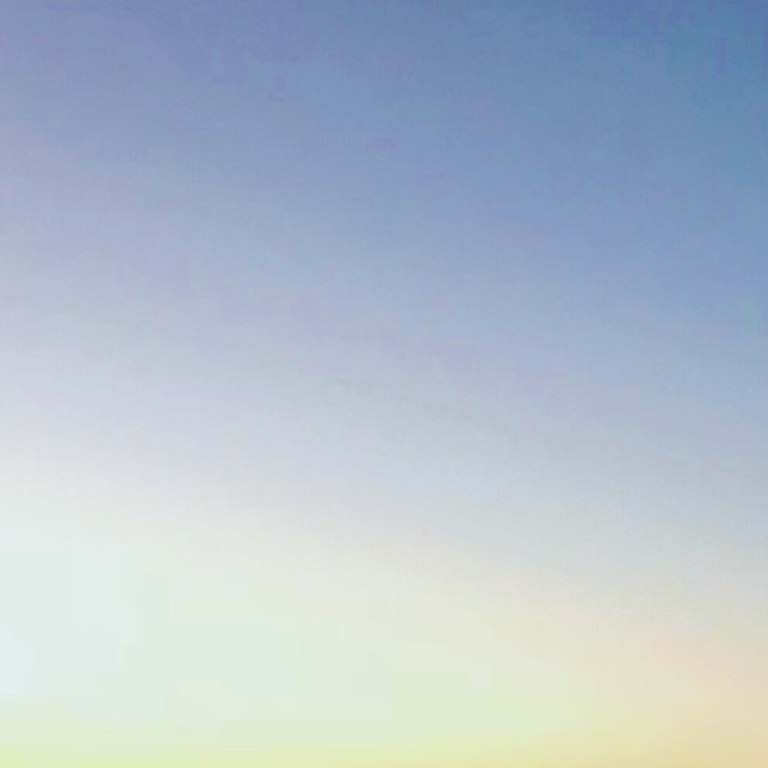On February 6, 2019, we released Memory Learn New, produced by Brandon Fehderau with Mkondo Studio. The cover art was done by Neil Klassen, photos from a Turtle Island wide bicycle trip.
This EP is an invitation to share an experience, an awakening of settler consciousness. These personalist, apocalyptic vignettes are inspired by Taiaiake Alfred’s Wasáse: Indigenous Pathways of Freedom and Action. Wasáse calls for non-violent contention rooted in an indigenous spiritual regeneration and renewal.
In response, I wanted to address my own settler existence on Turtle Island, grounded in my identity as a follower of Jesus. These songs express a desire for coexistence in the “earthiest” meaning of the term; for the rectification of land, and ultimately a reconfiguration of the Canadian state.
As Long As

This song is an augmented version of the Two Row Wampum treaty, acknowledging the spirit of the covenant at the outset of settler-indigenous “contact”; a covenant quickly eroded by colonial land grasping, and disregarded by today’s Eurocanadian political reality. The Two Row Wampum reminds us that authentic coexistence is possible, a political vision that undergirds the music.
Memory Learn New

I grew up on a farm in Southern Ontario, the ancient home of those the Europeans called the Neutral. I remember people coming to search for indigenous artifacts on my parent’s field. This initiated an early, underdeveloped settler consciousness. As I learned the stories of those who inhabited the land and the current alienation of their living descendants, an arrow seemed to cut through my conscience.
As we listen to the voices and stories of a people dispossessed by the colonialist past, we learn a new memory that becomes part of our story, warranting a meaningful response. The act of listening and remembering with indigenous peoples, though difficult, is a decisive step to authentic decolonisation.
At Your Doorstep

A talk by Donna Dubie, founder of The Healing of the Seven Generations in Kitchener, Ontario, inspired me to frame my settler identity as a “visitor.” The song symbolises the Western hunger for self-sovereignty, an erotic “will to power,” expressed in a desire to own the land and its resources. However, healing is necessary through spiritual regeneration. What will transform our “will to power”?
“Seven generations” is a reference to Haudenosaunee political thought, joined here with the numeric symbology of St John’s Revelation, an apocalyptic longing for redemption and for the new creation. What might the next seven generations look like with a healed political vision rooted in coexistence?
An Image Appeared

This song expresses an apocalypse of the soul. It personifies the fall of the settler as an act of self alienation from the “Image,” as portrayed in Genesis (1:27) and the letters of the apostle Paul (Col. 1:15). Through a vision, the Eagle-Spirit unveils the social and ecological consequences of the insatiable, colonial desire for limitless economic and political dominance.
Without the restitution of the “Image” the soul of Western political culture will continue to writhe on the ground, consumed by its greed. Lament is needed, but also the political courage to imagine coexistence—a renewed interdependence with the “other”, with intentional celebration of diverse languages and cultures, and the rectification of land.
Open Clenched Fists

This song isn't so much about "memory learn new," as it is about my own memories of living on the land. A few years ago, a hailstorm almost devastated my dad’s crops, which left us in a silent state of despair. Despite the attempt to subdue the powers of nature through technology, creation has a way of asserting its power in ways that no human culture, Western or indigenous, can ultimately control.
While the song is also a parable about how the “powers” inflict suffering, it concludes on a Dostoevskian note of hope for resurrection and renewal; not in proud triumph, but in a posture of surrender.
A select bibliography that has influenced me:
Alfred, Taiaiake. Wasàse: Indigenous Pathways of Action and Freedom. Toronto: University of Toronto Press, 2009. See also: taiaike.net
Missions and Indigenous Peoples. Direction 43, No 2. (Fall 2014).
Heinrichs, Steve, ed. Buffalo Shout, Salmon Cry: Conversations on Creation, Land Justice, and Life Together. Waterloo, Ont.: Harold Press, 2013.
Land, Clare. Decolonizing Solidarity: Dilemmas and Directions for Supporters of Indigenous Struggles. Hull, UK: BLM Academic, 2022.

